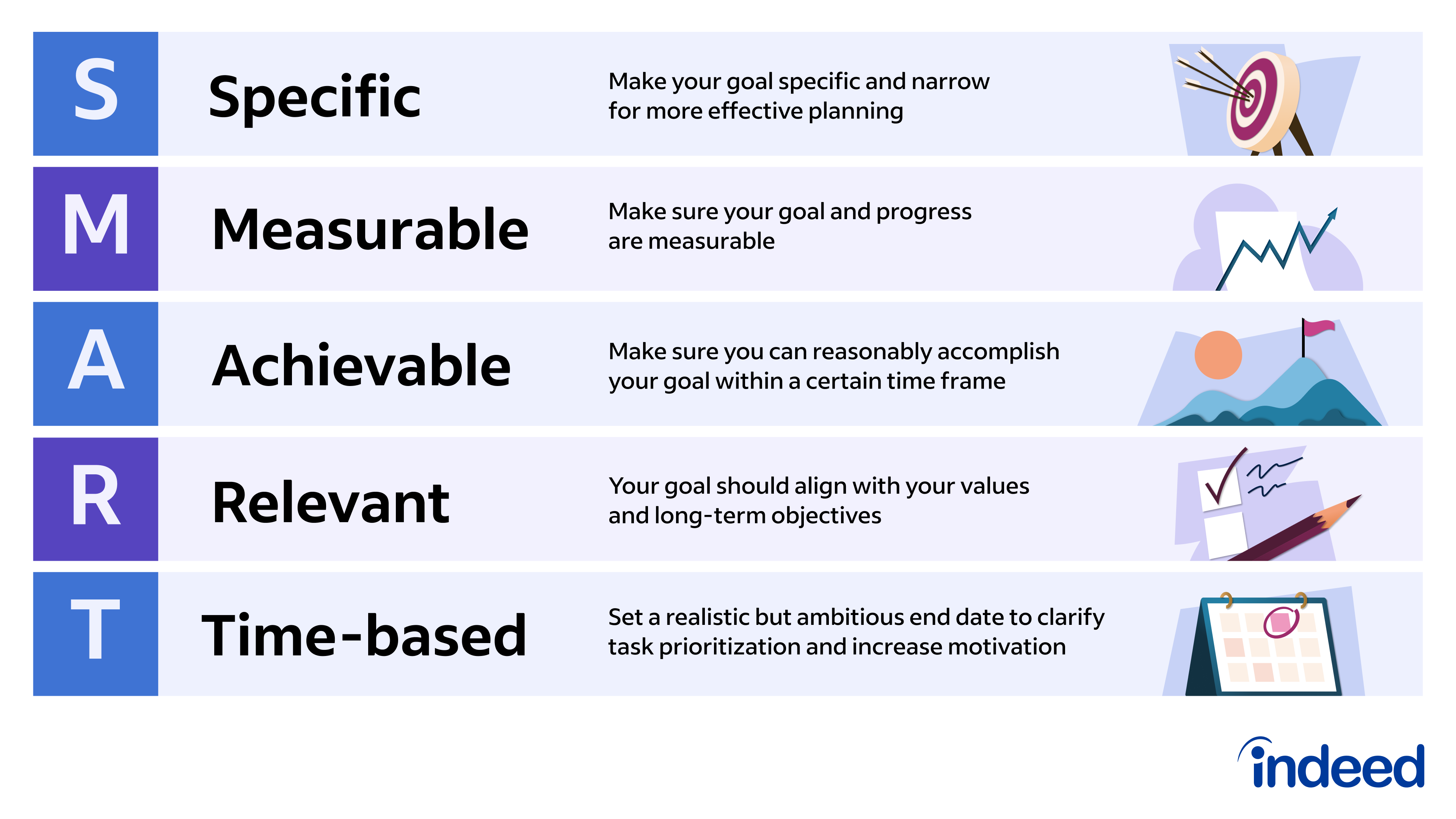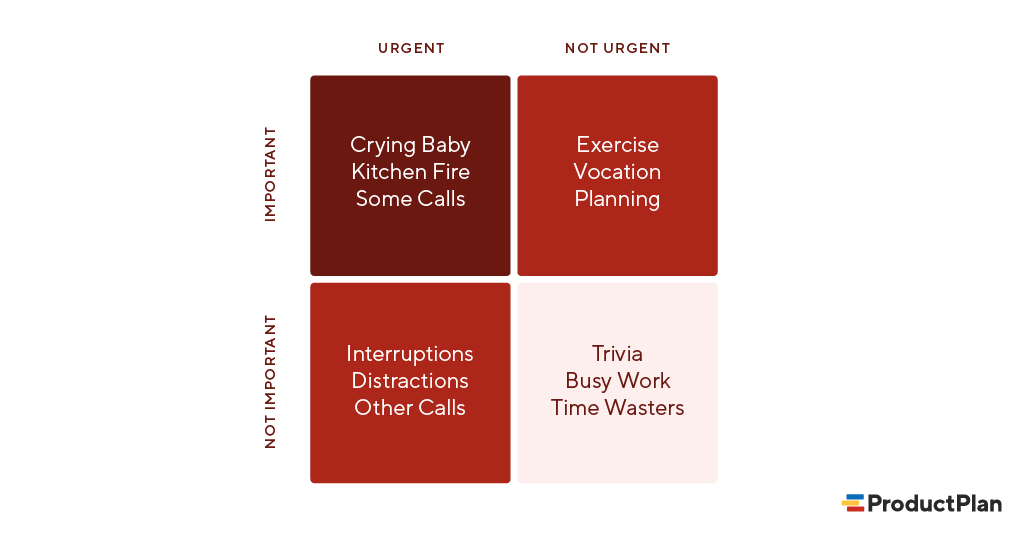Achieving business goals is essential for growth, sustainability, and success. Whether you are just starting or have been running a business for years, setting clear and actionable goals is key to reaching new milestones. In this article, we will explore 10 effective ways to achieve your business goals, offering practical examples and actionable tips that will help you navigate the path to success.
1. Define Clear and Specific Goals

Setting vague goals is one of the biggest pitfalls businesses face. To achieve success, your goals need to be clear, measurable, and specific. A good practice is to use the SMART criteria—Specific, Measurable, Achievable, Relevant, and Time-bound.
Example: Instead of saying, “Increase sales,” set a more specific goal like, “Increase sales by 20% in the next 12 months by targeting small businesses in our local area.”
Actionable Tip: Break down big goals into smaller tasks that can be measured and tracked. Use project management tools like Trello or Asana to monitor progress.
2. Align Your Team’s Efforts with the Goals
It’s crucial that your team is on board and aligned with the business’s goals. Without clear communication and team involvement, even the best-laid plans can fall apart. Hold team meetings to discuss the business goals, set expectations, and identify individual contributions.
http://: If your goal is to improve customer satisfaction, your marketing, sales, and customer service teams should all have specific tasks that contribute to this goal.Example: If your goal is to improve customer satisfaction, your marketing, sales, and customer service teams should all have specific tasks that contribute to this goal.

Actionable Tip: Regular check-ins and transparent communication are essential. Use collaborative tools like Slack for continuous discussions and updates.
3. Prioritize and Focus
Not all goals are created equal, and not all goals need to be pursued simultaneously. To be effective, prioritize goals based on their impact and relevance. Focus on the most critical tasks that will help you achieve the business’s larger vision.
Example: If you are trying to launch a new product but also want to expand to a new market, focus on the product launch first. This will set a foundation for future success in the new market.
http://: Use the Eisenhower Matrix to categorize tasks by urgency and importance. This method helps you prioritize what’s critical and avoid distractions.Actionable Tip: Use the Eisenhower Matrix to categorize tasks by urgency and importance. This method helps you prioritize what’s critical and avoid distractions.

4. Create a Roadmap and Action Plan
Once your goals are defined and prioritized, it’s time to create a detailed roadmap that outlines the steps necessary to achieve them. Once your goals are defined and prioritized, it’s time to create a detailed roadmap that outlines the steps necessary to achieve them.

Example: If your goal is to increase your online presence, your roadmap might include actions like redesigning the website, launching a content marketing campaign, or improving SEO efforts.
Actionable Tip: Create a Gantt chart to visualize the timeline and deadlines for each task. This will keep you on track and help you monitor progress over time.
5. Monitor and Measure Progress
You can’t improve what you don’t measure. Regularly tracking your progress ensures that you are moving toward your goals and allows you to adjust if necessary. Without data, you risk spending time and money on initiatives that don’t contribute to your business’s objectives.
Example: Use analytics tools like Google Analytics, CRM systems, or custom dashboards to track website traffic, lead conversions, and sales.
Actionable Tip: Set up monthly or quarterly reviews to assess performance, identify bottlenecks, and adjust your strategies accordingly.
6. Stay Agile and Adapt
The business world is constantly changing, and flexibility is crucial for success. Even with the best plans in place, unforeseen circumstances may arise, and your ability to pivot quickly can determine whether your business survives or thrives.

Example: During the COVID-19 pandemic, many businesses had to pivot their strategies, such as shifting to e-commerce or remote working, to maintain operations.
Actionable Tip: Stay informed about industry trends and listen to customer feedback. Be willing to make adjustments to your business model or strategy based on real-time data.
7. Invest in Continuous Learning and Development
In a rapidly evolving business landscape, continuous learning is vital. Keeping up with new tools, technologies, and industry best practices will give your team a competitive edge.
Example: Offer online training sessions for your employees or encourage them to attend industry conferences to expand their knowledge.

Actionable Tip: Set aside time and budget for professional development. Encourage employees to share what they learn and apply it to the company’s goals.
8. Leverage Technology and Automation

Technology can be a powerful ally in achieving your business goals. Using software tools to automate repetitive tasks allows your team to focus on high-impact activities that contribute to your goals.
Example: Automate your email marketing campaigns using platforms like Mailchimp or HubSpot to nurture leads and increase conversions.
Actionable Tip: Invest in tools that streamline your workflows. Project management tools, CRM systems, and analytics software are crucial for efficient business operations.
9. Build Strong Relationships with Clients and Partners
Networking and building strong relationships with clients and partners is an essential element of business success. Strong relationships can lead to repeat business, referrals, and new opportunities.

Example: Attend industry networking events, collaborate with like-minded businesses, and actively engage with clients through social media and customer service.
Actionable Tip: Invest in customer relationship management (CRM) systems to maintain and improve relationships with your clients and partners.
10. Celebrate Small Wins Along the Way
%20(1).jpg)
While it’s important to focus on the bigger picture, celebrating small achievements can keep the momentum going and boost morale. Acknowledging your progress fosters a sense of accomplishment and encourages continued effort.
Example: If your goal is to grow your email list by 50%, celebrate when you reach the first 25%. This keeps the team motivated and focused.
Actionable Tip: Recognize and reward efforts, whether it’s through a team celebration, employee recognition programs, or even simple shout-outs during meetings.
Conclusion: Staying the Course to Achieve Our Business Goals
Achieving business goals requires clarity, focus, dedication, and the right tools. By implementing these 10 strategies and consistently monitoring your progress, you are well on your way to reaching your business goals. Remember, success is a journey, not a destination—stay committed, adapt when necessary, and celebrate the milestones along the way.

It has survived not only five centuries, but also the leap into electronic typesetting simply fee text aunchanged. It was popularised in the sheets containing lorem ipsum is simply free text.
It has survived not only five centuries, but also the leap into electronic typesetting simply fee text aunchanged. It was popularised in the sheets containing lorem ipsum is simply free text.